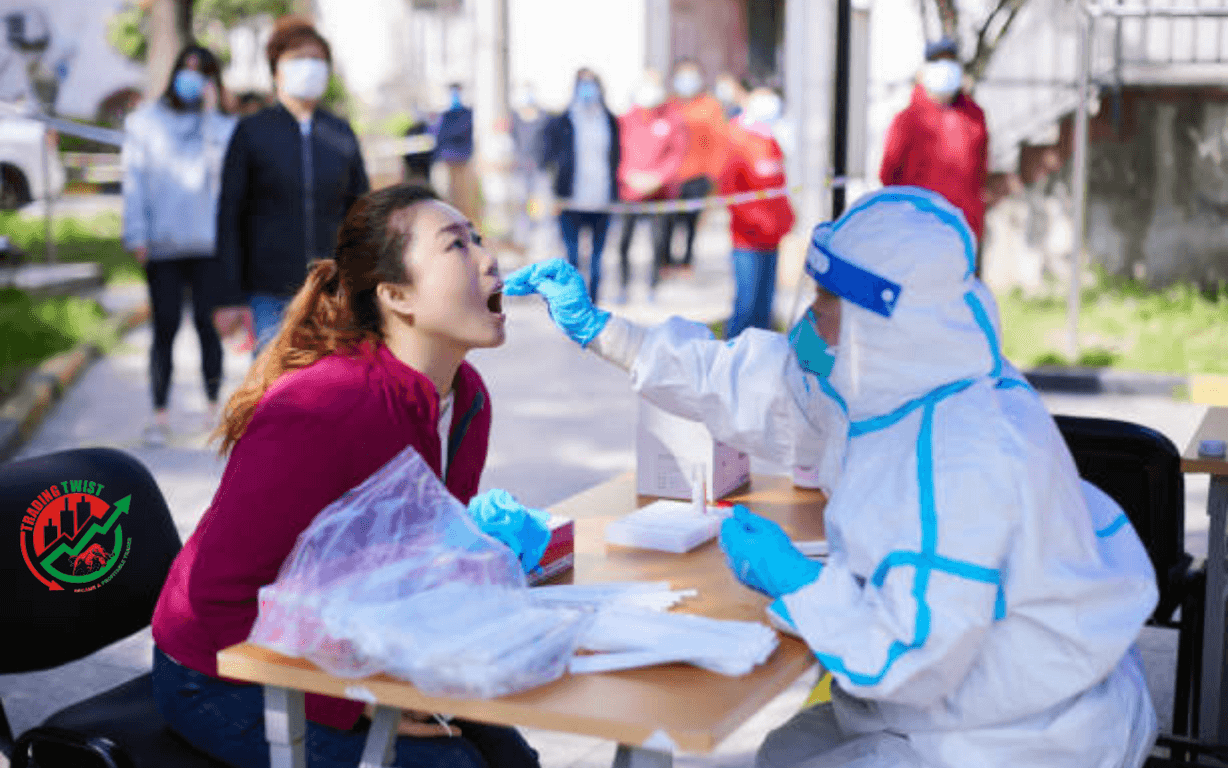
Beijing, January 7 (TradingTwist) – China began “Chun Yun,” the 40-day period of travel for the Lunar New Year, on Saturday, preparing for a massive increase in travellers and the spread of COVID-19 infections. Prior to the epidemic, this time of travel was renowned as the world’s largest yearly migration of people.
The first Lunar New Year public holiday without domestic travel restrictions since 2020 will begin on January 21.
Following historically significant protests against a programme that includes frequent testing, restricted travel, widespread lockdowns, and severe harm to the world’s No. 2 economy, China has witnessed the dramatic demolition of its “zero-COVID” regime over the past month.
Investors anticipate that the reopening would eventually stimulate a $17 trillion economy that is now seeing its slowest growth in over 50 years.
However, the sudden changes have made many of China’s 1.4 billion people vulnerable to the virus for the first time, sparking a wave of infections that are overrunning certain hospitals, depleting the stock of medications in pharmacies, and creating long lineups at cemeteries.
The Ministry of Transportation predicted on Friday that over the next 40 days, more than 2 billion people will travel, representing a 99.5% rise over the previous year and reaching 70.3% of total trip numbers in 2019.
Online, there was a range of reactions to that information. Some people praised the freedom to go back to their hometowns and spend the Lunar New Year with their families for the first time in years.
However, a large number of people said they would not travel this year due to concerns about spreading illness to older family members.
One such comment on the service that resembles Twitter, Weibo, read, “I dare to go back to my hometown, for fear of bringing the poison back.”
There are widespread worries that the massive influx of city employees returning to their hometowns would result in an increase in infections in smaller towns and rural areas, which lack the ICU beds and ventilators needed to handle them.
Authorities claim to be expanding primary care medical services, building more rural fever clinics, and establishing a “green route” for high-risk patients to be sent from villages to higher-level hospitals directly. This includes older patients with underlying medical issues.
According to Mi Feng, a spokesman for the National Health Commission, “China’s rural areas are huge, the population is large, and the per capita medical resources are somewhat poor.”
Convenient services must be offered, elderly rural residents’ immunisation programmes must move quickly, and local defences must be built.
THE INFECTION PEAK REACHED IN CHINA
Currently, some analysts believe that the current virus wave may have already peaked.
Ernan Cui, an analyst at Gavekal Dragonomics in Beijing, noted there was “not much difference between urban and rural areas” and cited several online surveys to show that rural areas were already more widely exposed to COVID infections than initially thought, with infection peak already reached in most regions.
China will reopen its border with Hong Kong on Sunday and lift the quarantine requirement for visitors from other countries. As a result, many Chinese can again travel abroad without fear of being quarantined upon their return, for the first time since borders were closed nearly three years ago.
Jillian Xin, a mother of three who resides in Hong Kong, expressed her “extreme excitement” at the opening of the border, particularly because it will make it easier to visit relatives in Beijing.
For her family, the opening of the border means that her children will finally get to meet their grandparents for the first time since the pandemic started. We are eagerly anticipating their meeting because two of our children have never been able to see their grandpa.
As a result of the increase in instances in China, more than a dozen nations are now requiring COVID tests of Chinese travellers. The number of hospitalisations and fatalities from the disease are underrepresented by China’s COVID data, according to the World Health Organization on Wednesday.
The Chinese government and state media have defended the management of the outbreak, downplaying the magnitude of the upsurge, and criticising restrictions on citizens’ ability to travel outside.
On Saturday in Hong Kong, a centre for PCR tests required for travel to countries including mainland China had a 90-minute wait for those with appointments.








